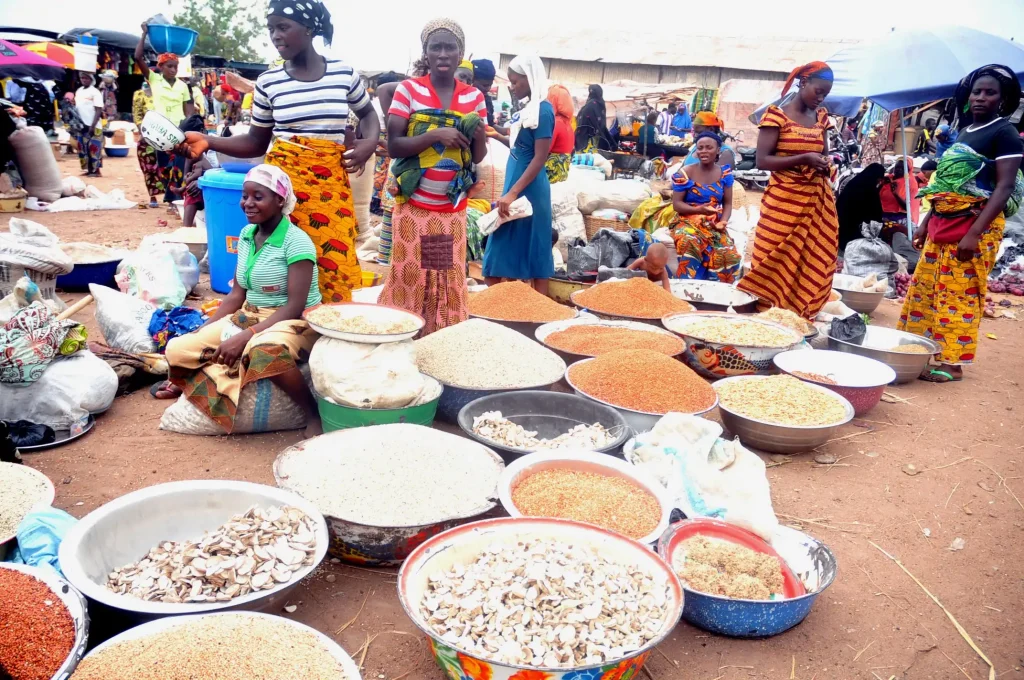Nigeria’s inflation rate rose to 15.92 percent in March 2022, marking a 0.22 percentage point increase from 15.7 percent in February 2022, according to the National Bureau of Statistics (NBS). The uptick, driven by rising food prices, reflects ongoing economic pressures that continue to challenge households across the country. This increase aligns with analyst forecasts, which point to global and local factors sustaining inflationary trends.
Headline Inflation Trends
The NBS’s Consumer Price Index (CPI) report for March 2022, released in April 2022, indicated that the headline inflation rate, which measures the overall price level increase, reached 15.92 percent on a year-on-year (YoY) basis. This was 2.25 percentage points lower than the 18.17 percent recorded in March 2021, suggesting a slowdown in the annual rate of price increases. Despite this, the month-on-month (MoM) headline index rose by 1.74 percent in March, up 0.11 percentage points from 1.63 percent in February 2022, indicating persistent short-term price pressures.
The rise in inflation affected all divisions of the Classification of Individual Consumption by Purpose (COICOP), which contributes to the headline index. This broad-based increase highlights the widespread impact of price hikes across various goods and services in Nigeria’s economy.
Food Inflation Drives Price Surge
Food prices were a significant driver of the inflationary trend, with the composite food index rising to 17.20 percent YoY in March 2022, a slight 0.09 percentage point increase from 17.11 percent in February 2022. Compared to March 2021’s rate of 22.95 percent, however, food inflation showed a notable decline. The NBS attributed the rise to higher prices for bread and cereals, potatoes, yams, and other tubers, fish, meat, oils and fats, and other food products not elsewhere classified.
On a month-on-month basis, the food sub-index increased by 1.99 percent in March 2022, up 0.12 percentage points from 1.87 percent in February. These increases reflect the growing cost of essential food items, placing additional strain on Nigerian households.
Urban and Rural Inflation Dynamics
The NBS report also detailed differences in inflation rates between urban and rural areas. The urban inflation rate reached 16.44 percent YoY in March 2022, down 2.32 percentage points from 18.76 percent in March 2021. Meanwhile, the rural inflation rate stood at 15.42 percent, a 2.18 percentage point decrease from 17.60 percent in March 2021. On a month-on-month basis, the urban index rose by 1.76 percent, up 0.11 percentage points from February’s 1.65 percent, while the rural index increased by 1.73 percent, a 0.12 percentage point rise from 1.61 percent in February.
These figures indicate that both urban and rural consumers faced rising prices, though the annual decline suggests some moderation compared to the previous year.
External Pressures and Analyst Insights
Analysts at Cowry Asset Management Limited had anticipated sustained inflationary pressure in their February 2022 outlook, citing global factors such as the Russia-Ukraine conflict. This geopolitical tension has driven up the cost of imported commodities, particularly soft commodities, which in turn impacts local prices. The analysts emphasized the need for Nigeria to reduce reliance on imports by boosting local production and consumption of substitutes to mitigate external price pressures.
The March 2022 inflation data underscores the challenges of balancing global economic influences with domestic price stability. As costs for essential goods like food continue to rise, policymakers face the task of addressing these pressures to ease the burden on consumers.






